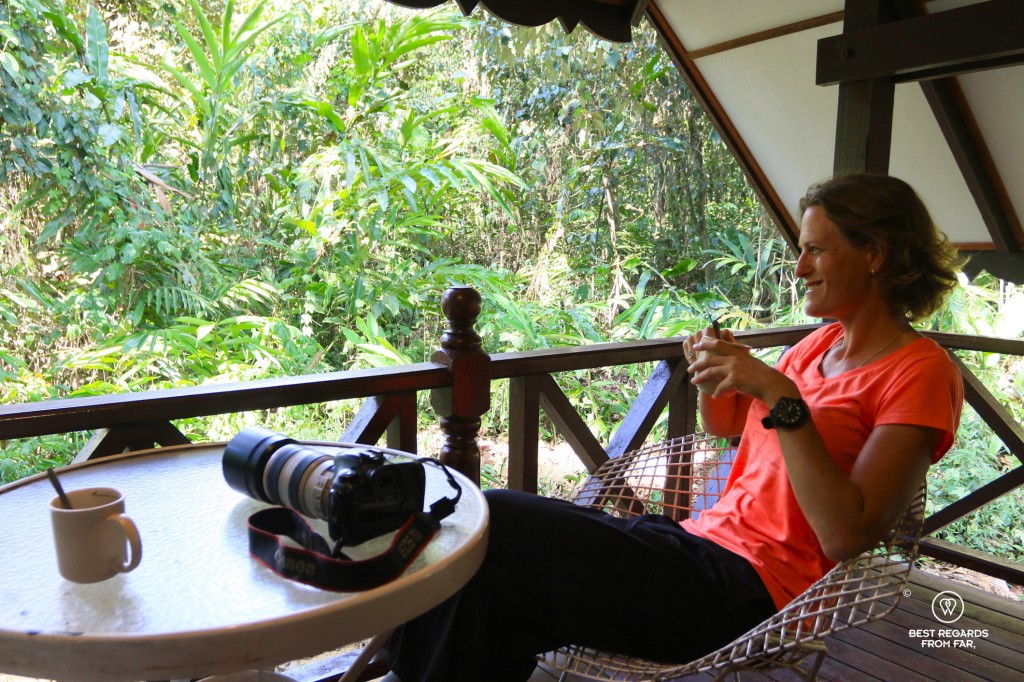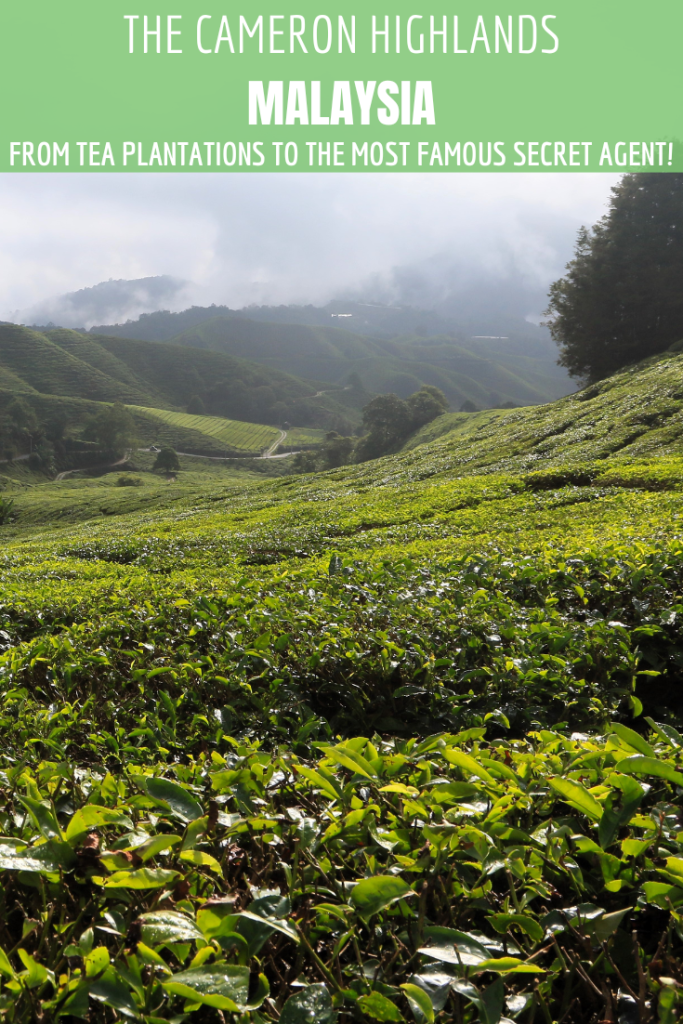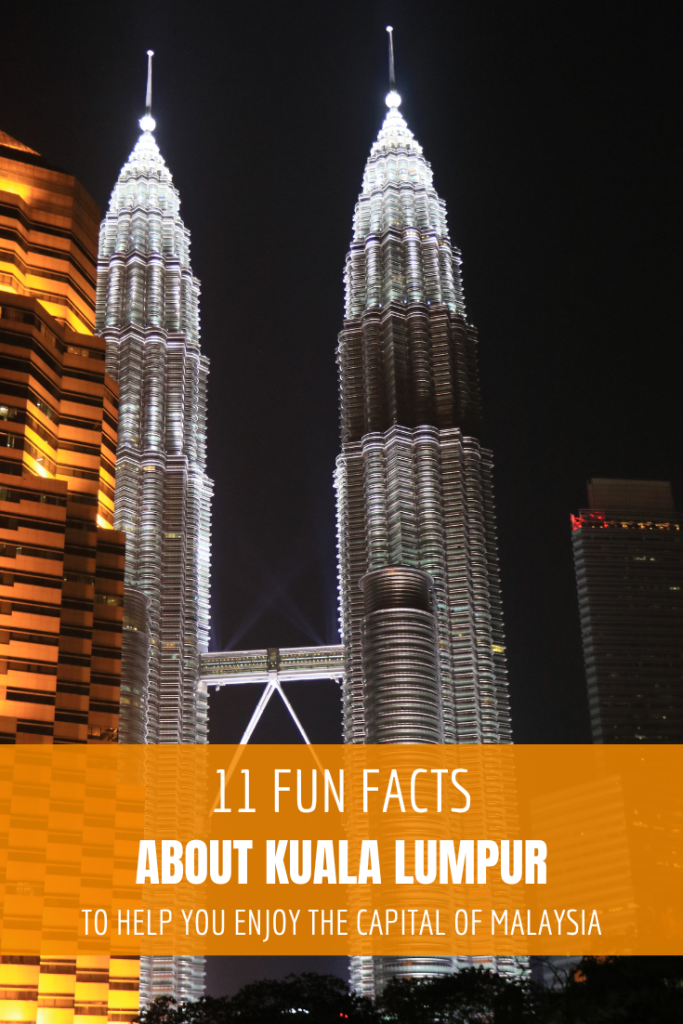Text: Marcella van Alphen & Claire Lessiau
Photographs: Claire Lessiau
The young captain is manoeuvring his long-tail boat up the Tembeling River avoiding most of the sand banks, zigzagging the wide waterway. With great focus, the Orange Asli pilot constantly scans the river bed he knows like the back of his hand. At times, he quickly lifts the engine to not damage the propeller: the river level has never been this low at the end of the rainy season.
Like it, pin it!
Some wooden houses on stilts with thatched roofs betray the presence of small settlements scattered along the left bank of the calm Tembeling River, hidden in the dense jungle. Passing a river bend, some Orang Asli fishermen wave, either from their embarkation or from temporary shelter set up on a sand bank while others attend to their small fish farms.

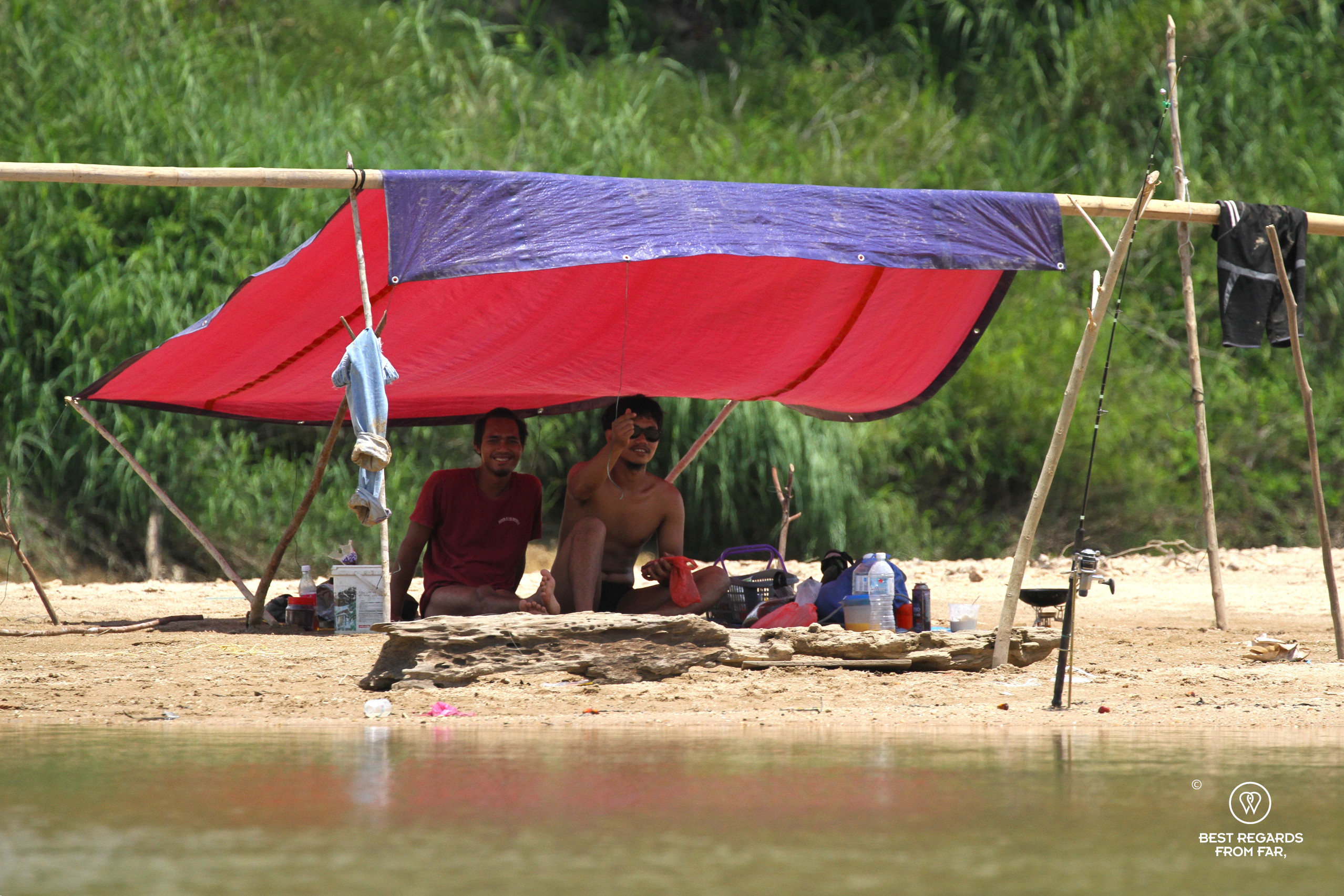
The aboriginal people of peninsular Malaysia, the Orang Asli are in fact a patchwork of tribes with different dialects and traditions. Very connected to the rainforest, rivers, and mountains the “first people” of the land as Orang Asli translates in Bahasa Malay – the official language – have been discriminated against for decades and pushed from their nomadic lifestyle into a sedentary way of living.
Some domesticated water buffalos are cooling down while ruminating in the river bed while long-tailed macaques jump from tree to tree staring at bright blue-throated bee-eaters which only briefly land on low branches just above the water in-between catching insects.
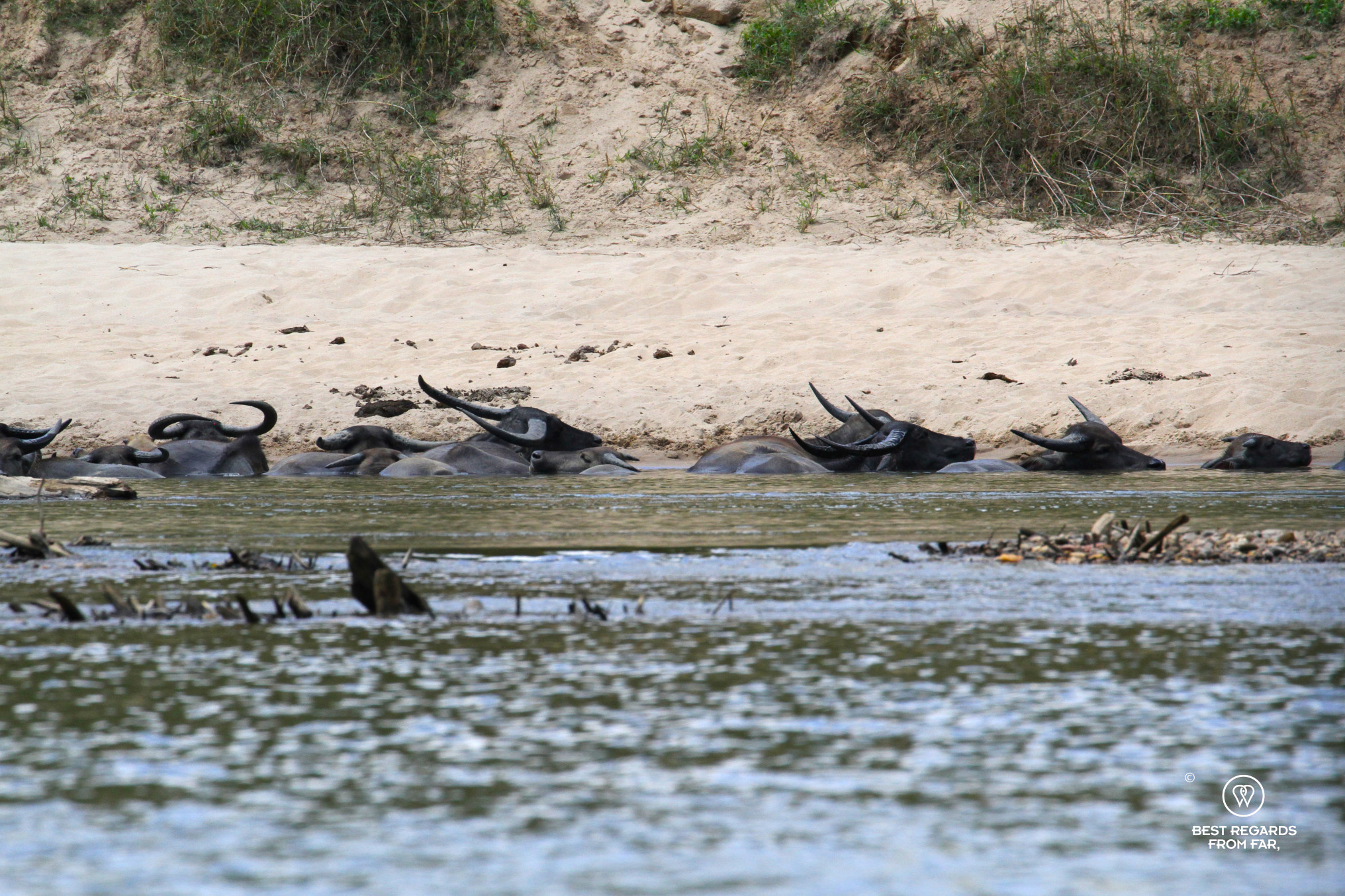
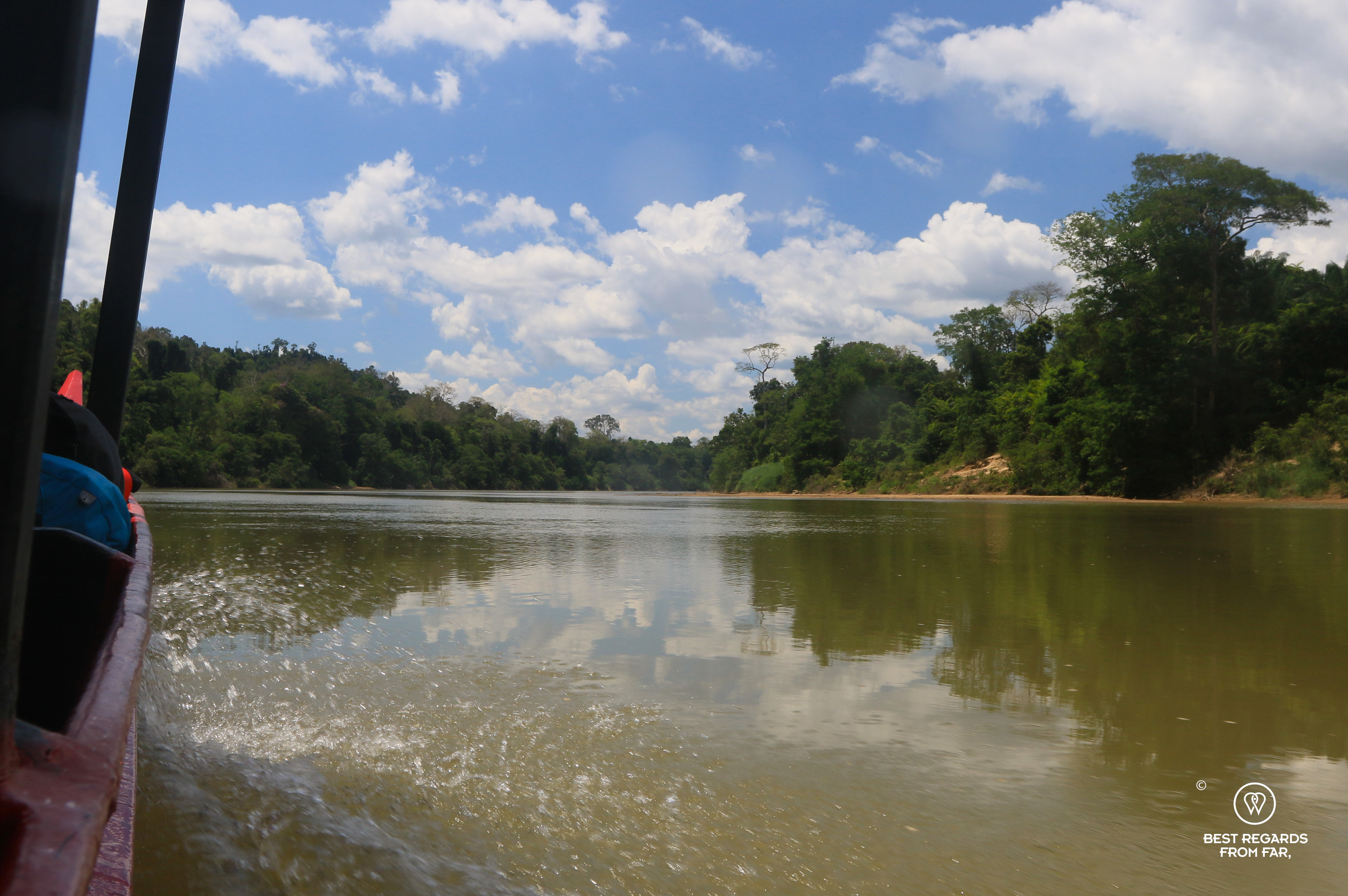

After about two hours and a half from the Kuala Tembeling Jetty, the village of Kuala Tahan with its basic guesthouses sprawls along the left bank of the river while on the opposite bank the Mutiara Taman Negara Lodge can hardly be guessed in the dense foliage.
A very last boat crossing, and the wilderness of Taman Negara National Park, Malaysia’s oldest (1937) and largest, and peninsular Malaysia’s most prestigious national park awaits.
Even if referred to as a wildlife park, with spectacular fauna such as vulnerable Indochinese and clouded leopards, black panthers, and endangered species such as tigers which numbers have kept dropping in Malaysia, Asian elephants, tapirs and lar gibbons, sightings of these mammals are more than extremely rare. Even tapirs – frequently spotted until a few years ago – haven’t been seen in years by park staff. The birdlife however is prolific with many colourful and exotic resident birds, and it is hard to wrap one’s head around the wide variety of insects. Snakes, lizards, and long-tailed macaques, are plentiful along the easily accessible boardwalks near the Mutiara Taman Negara Lodge where the trails depart from, and even the elusive and tiny mousedeer (lesser oriental chevrotain) can also be spotted at dusk with a bit of luck and good spotting skills. Night walking safaris with local Orang Asli guides are the best way to encounter elusive species and countless insects from mantis to scorpions, from forest giant ants to stick insects, dragonflies and more.



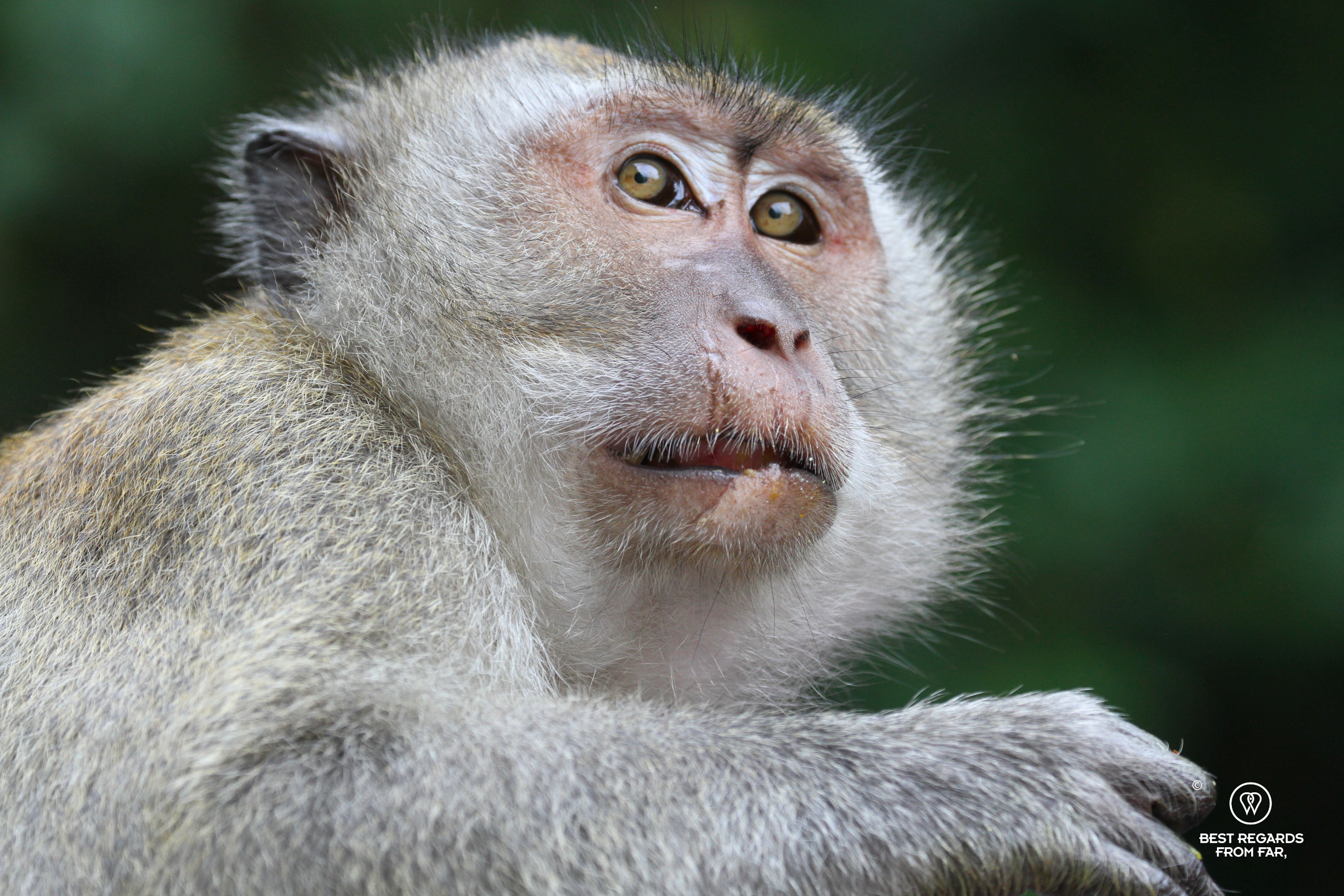
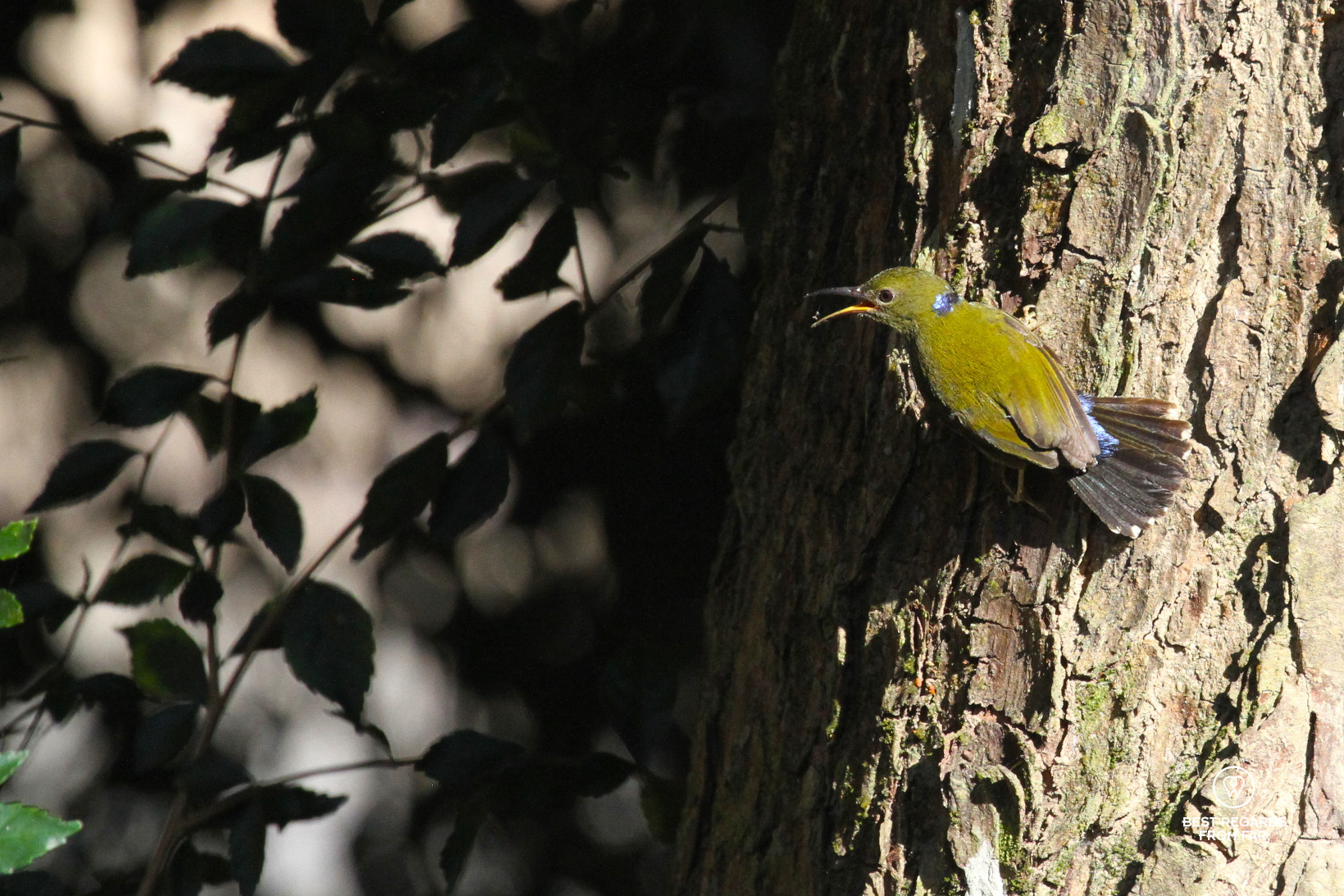
If the density of the jungle makes it difficult to encounter wildlife, evolving amongst one of world’s oldest and most pristine primary rainforests is a magical experience. Actually, not having had to directly withstand any of the Ice Ages, nor any volcanic activity nor tectonic upheavals, the rainforest of Taman Negara is dubbed the oldest jungle in the world, estimated to be 130 million years old!
With such impressive flora and fauna, and located only about three hours from the capital Kuala Lumpur, Taman Negara National Park has become a bucket list item for many city dwellers. It popularity has grown immensely, leading to the expansion of the settlement of Kuala Tahan on the left bank of the Tembeling River to host visitors in budget accommodation. On the upside, increased tourism has helped reduce poaching of rare species, such as tigers for the bone trade and Asian elephants for the ivory. On the downside, the village is noisy, boats are many and crowds can be overwhelming in the expected quietness of the rainforest.

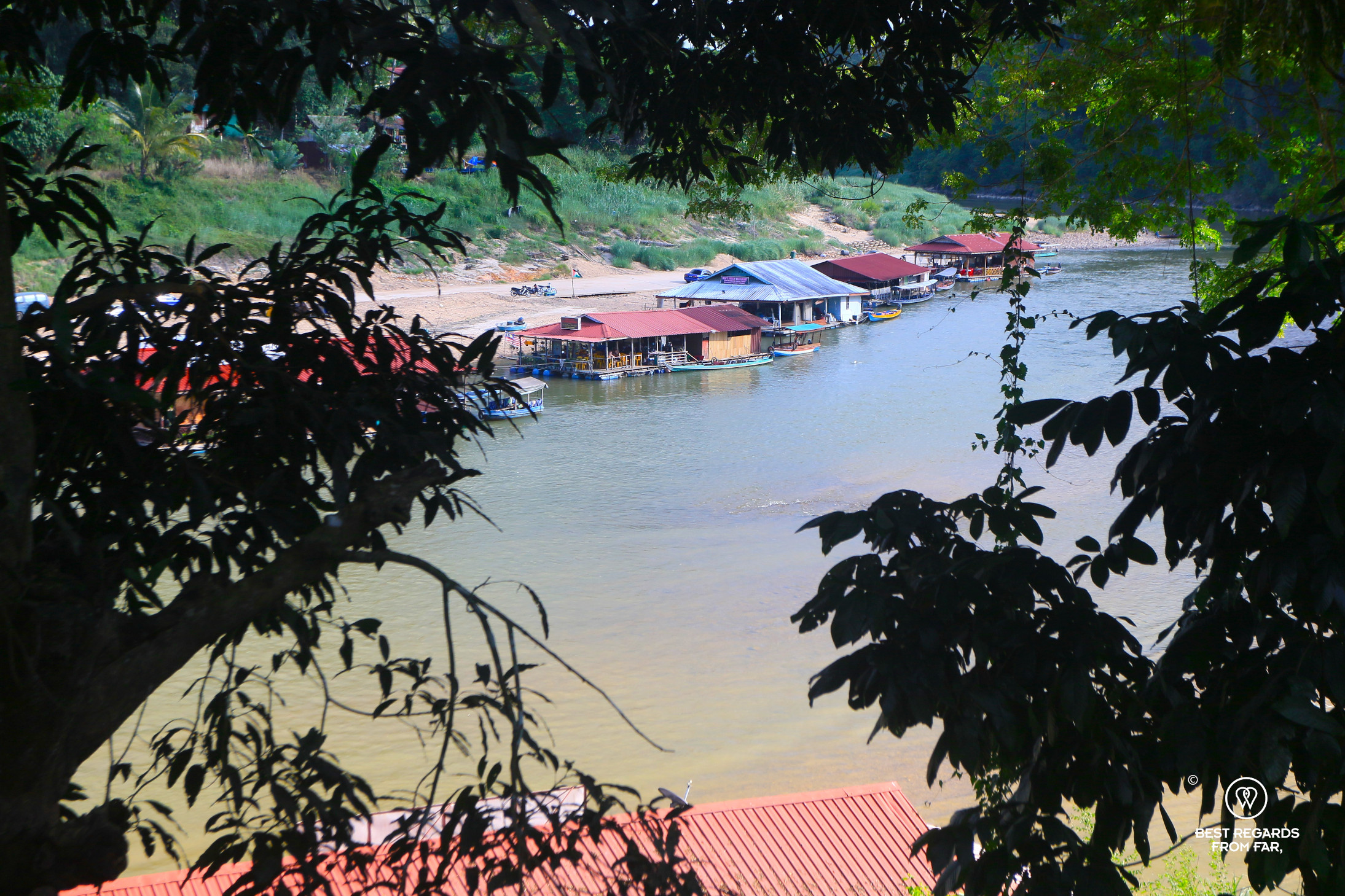
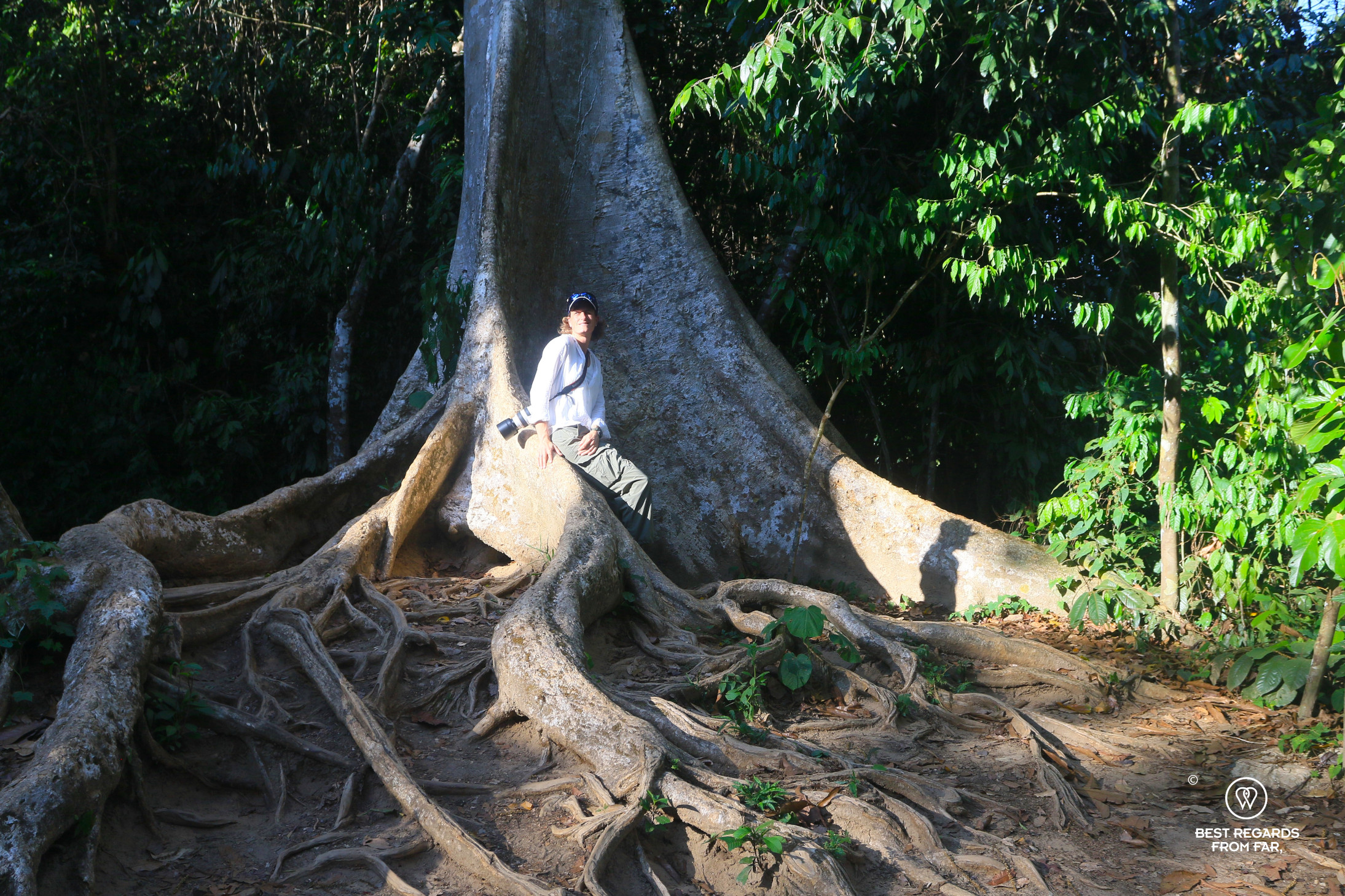
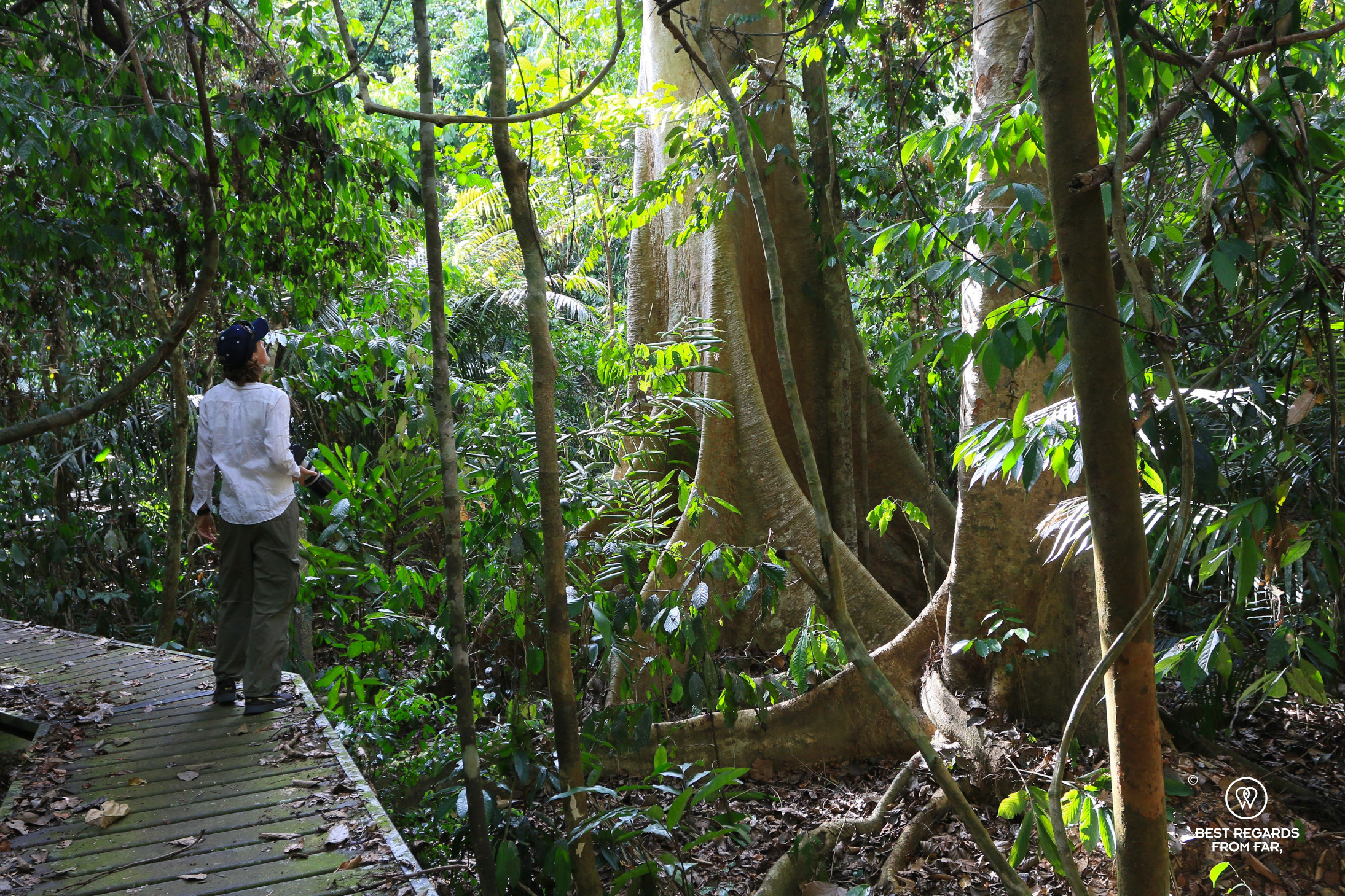
Yet, early solitary hikes are the best way to take in the jungle orchestra, and catch the melodious call of a gibbon at sunrise while the first sun rays bathe the never-ending canopy in a warm orange hue.
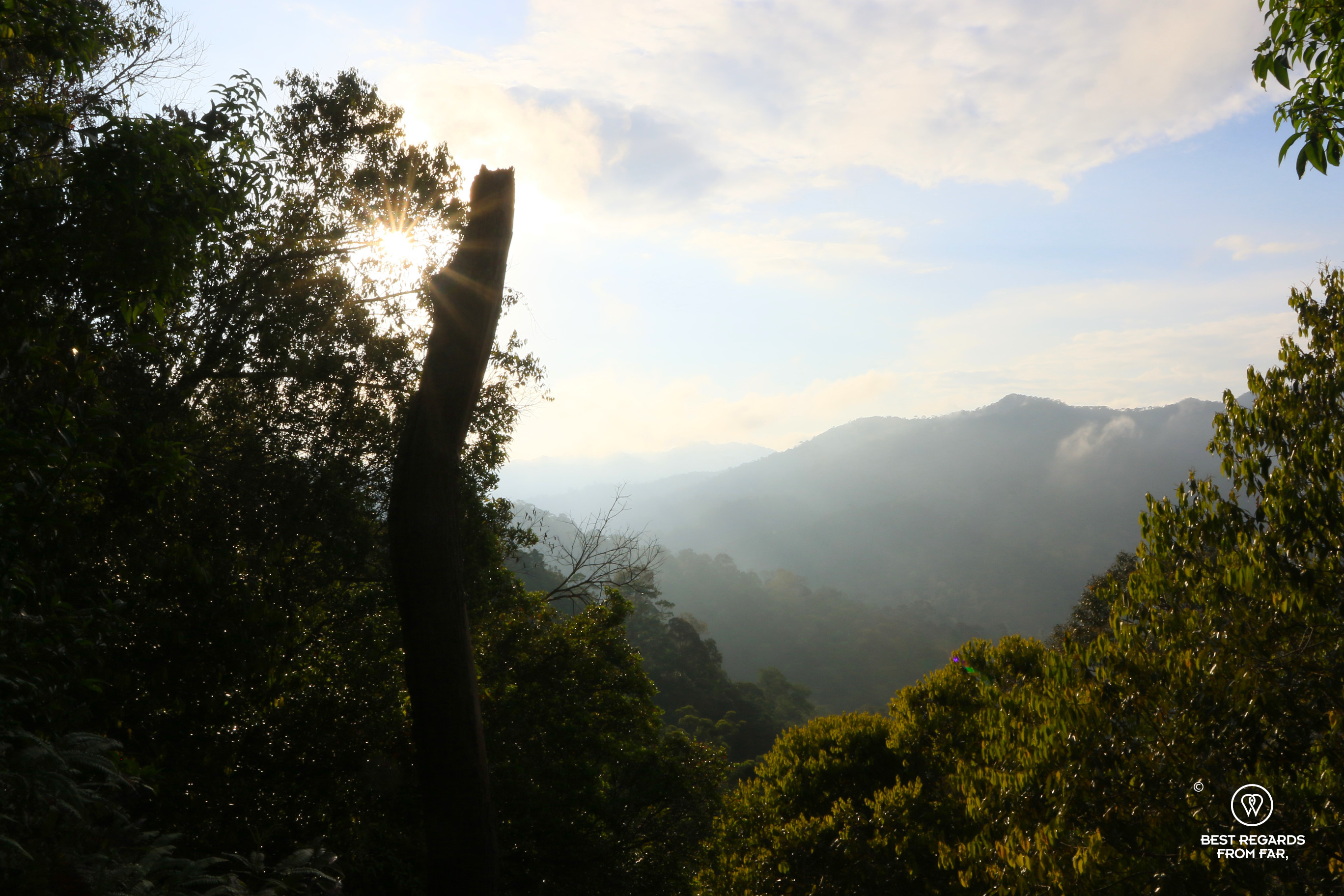

Travel tips:
- The best time to visit the Taman Negara National Park is in the dry season between February and September.
- Mutiara Taman Negara is the only accommodation located on park grounds offering the best experience of the rainforest.
- If only a very small part of the Taman Negara National Park is accessible independently, the park covers a staggering 4,343 square kilometres (1,677 square miles). Multi day treks in its remoteness must be arranged ahead of time and always require a guide.
- Check out our interactive map for more in the area (black pins lead to an article):
For more in Malaysia, click on the images below:


